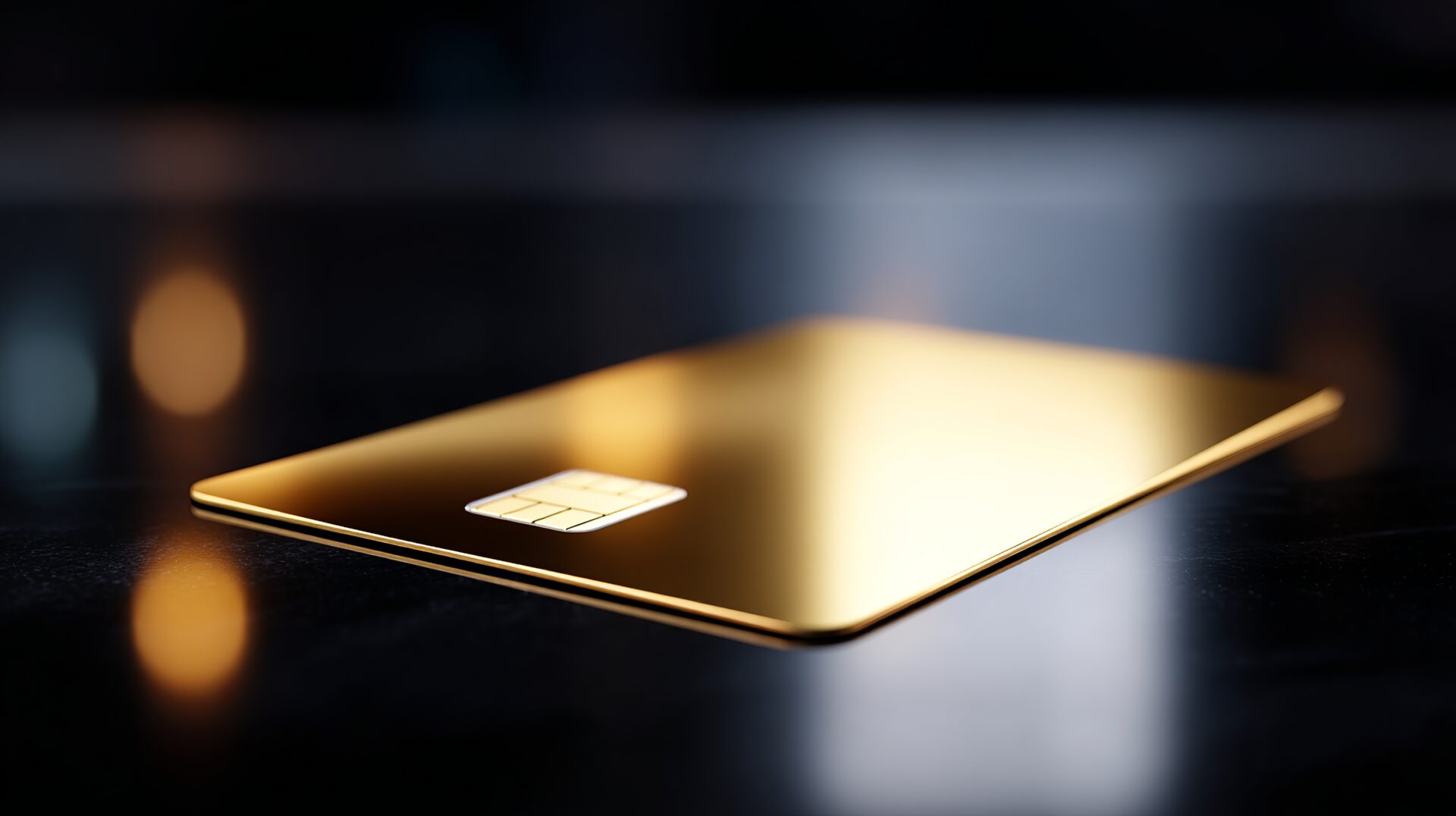
A Guide to the Trump Gold Card Program
In September 2025, President Trump issued Executive Order 14351, creating what’s known as the Trump Gold Card program. This initiative establishes an expedited path to permanent residency for certain foreign nationals who voluntarily make a substantial financial gift to the U.S. government. While the program has generated widespread attention, it’s important to understand how it differs from the normal green card process and what qualifications, exceptions, and legal requirements apply.
The Trump Gold Card allows foreign nationals to contribute a financial “gift,” one million dollars for individuals or two million dollars for corporations donating on behalf of an individual, to the U.S. Department of Commerce. These contributions are deposited into a Treasury account to promote American commerce and industry. In exchange, qualifying applicants can pursue U.S. permanent residency through existing employment-based immigration categories.
Despite the publicity, the Trump Gold Card is not a new visa category. Instead, it functions within the framework of existing immigrant visa classifications — specifically, the EB-1 and EB-2 National Interest Waiver (NIW) categories. The financial gift serves as additional evidence of eligibility under these categories, but applicants are still subject to the same legal standards governing admissibility, eligibility, and visa availability. Visa numbers for the Trump Gold Card will be drawn from the EB-1 and EB-2 pools, which means applicants in these categories may experience longer wait times due to reduced visa availability.
To qualify, applicants must be admissible to the United States under immigration law, and a visa must be available at the time of adjudication. Even with the financial gift, applicants must undergo standard background checks, vetting, and consular or USCIS processing. This means that Trump Gold Card participants must still meet all of the legal and procedural requirements that apply to other employment-based green card applicants, including country-specific visa backlogs and per-country limits.
Currently, the program applies only to EB-1 and EB-2 NIW applicants. However, the executive order directs agencies to consider expanding the Trump Gold Card to EB-5 investors in the future. Additionally, a separate “Trump Platinum Card” is being developed for higher contributions of five million dollars, offering limited U.S. residency benefits without full permanent resident status.
While the program promises expedited processing, official application forms and filing procedures have not yet been released. Interested applicants may register for updates at the official government website, trumpcard.gov. Applications are expected to involve three agencies: the Department of Commerce, which will handle the financial gift; the Department of State, which will manage consular processing; and the Department of Homeland Security/USCIS, which will process adjustment of status applications.
Because this program intersects with complex immigration law and involves significant financial contributions, it is crucial for potential applicants to meet with an immigration attorney before taking any steps. Every applicant’s situation is unique, and an attorney can help determine whether you qualify under EB-1 or EB-2, ensure visa availability, and confirm that you meet all admissibility requirements before proceeding.
Alycia Moss is a Director in Fennemore’s Immigration practice group, focusing her practice on guiding businesses, families, and individuals through the complexities of U.S. immigration law. You can contact Alycia at amoss@fennemorelaw.com. Find more information about Fennemore’s Immigration services here.
Get MORE. Insights
Stay ahead in the legal world - subscribe now to receive the latest insights and news from Fennemore Law Directly in your inbox!

